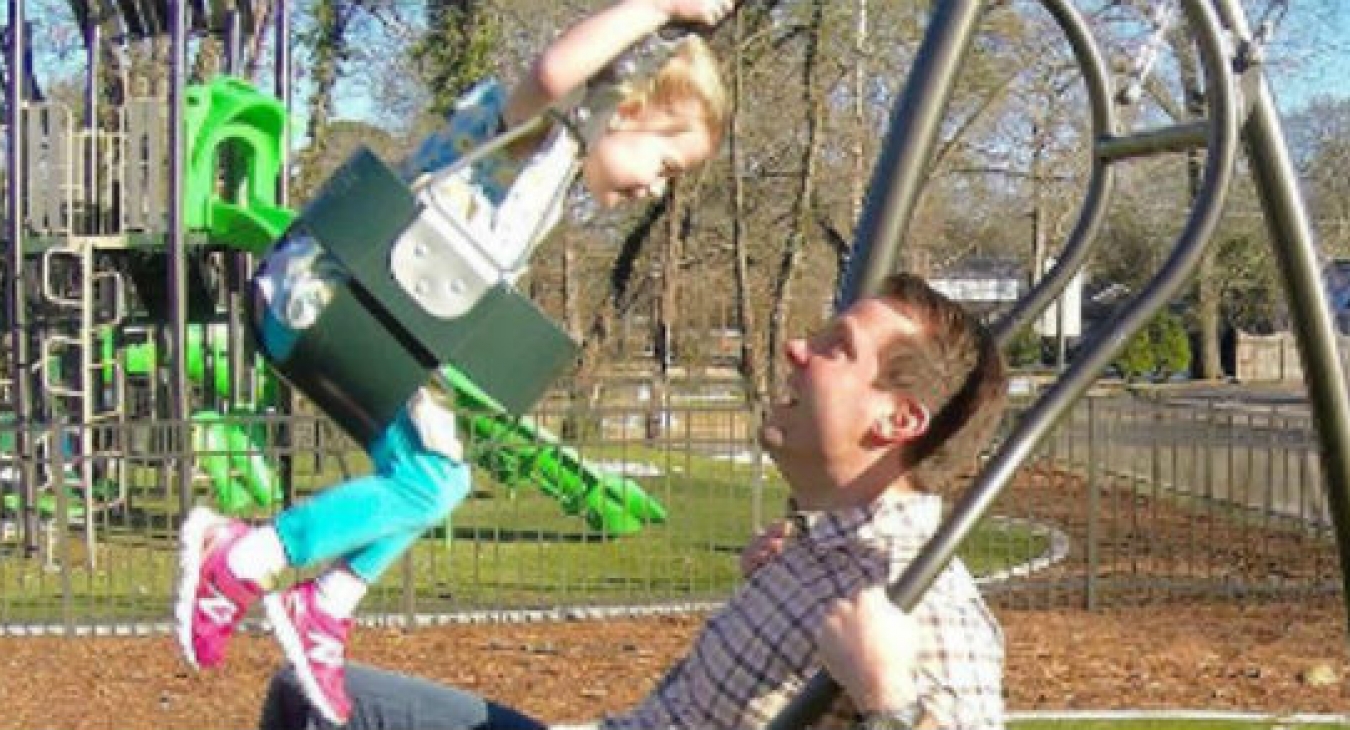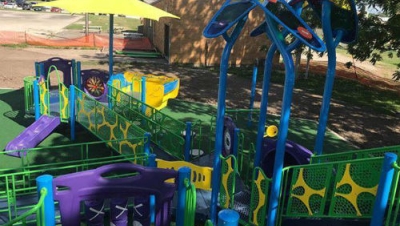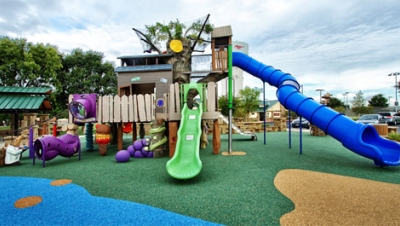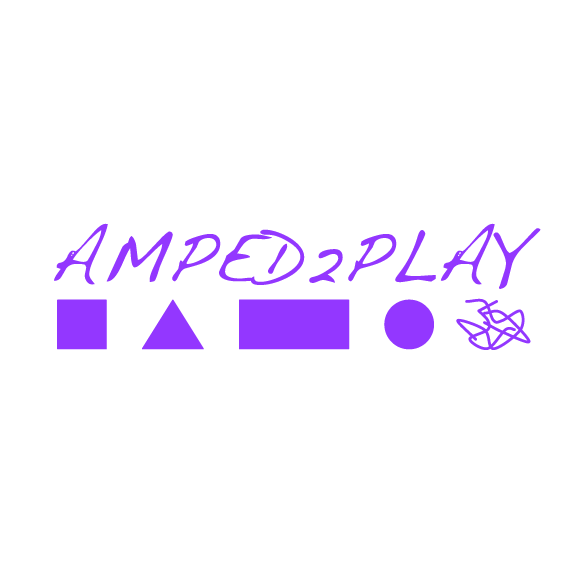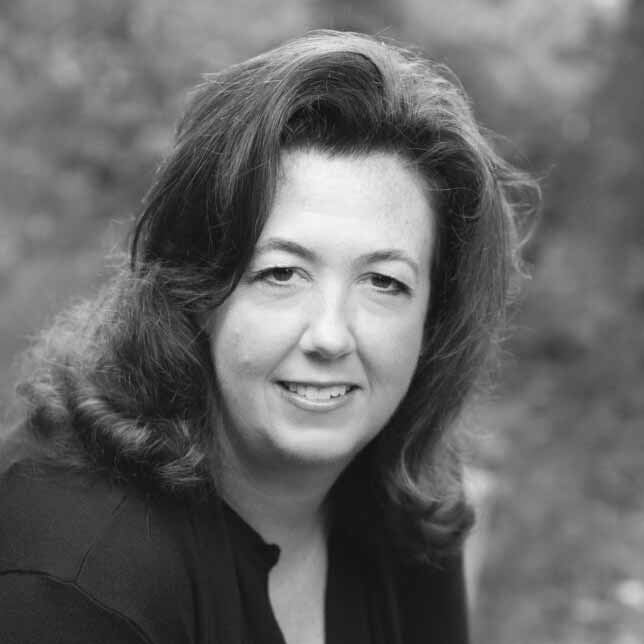"Appropriate design recognizes that a child with a disability is a child with abilities!"
Play is very much a social process and the opportunity to be included should be available to every child. Often, planning efforts related to mobility impairments overshadow the necessity for a more comprehensive approach focused on understanding children with disabilities and understanding developmentally appropriate levels of risk.
Understanding Children With Disabilities: Children with disabilities are part of our nation's largest minority group, individuals with disabilities. Out of 1,000 children between the ages of 3 and 21 years old, 89 children will have a disability (8.9%). Of these, approximately 1 child (1.1%) will have a physical disability, 1 child (1.1%) will have a sensory disability, 17 children (19.1%) will have a communicative disability, 10 children (11.2%) will have a social/emotional disability, and 48 children (53.9%) will have an intellectual disability. Additionally, 2 children (2.2%) will have multiple disabilities and 9 children (10.1%) will have a chronic health impairment such as cancer.1
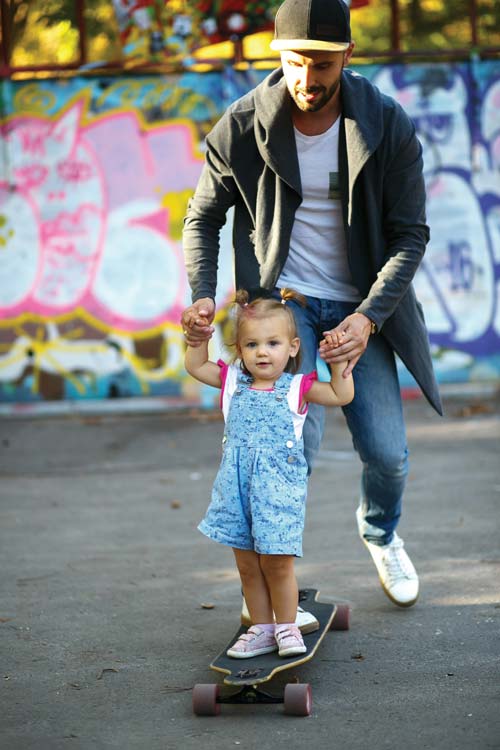
Disability is often mistakenly understood as a child's inability to experience the play environment because of limitations from their impairment. Defining disability in this way usually results in efforts to fix the child's impairment, rather than the play environment.
Across the country, hundreds of inclusive playgrounds are being built and many children are enjoying them. Somewhere during the design process however, the very purpose for creating these play spaces (children’s play) often gets lost in the details of Americans with Disabilities Act regulations, ASTM safety standards, equipment selections, and budget restrictions. Far too often, attempts to plan for children with mobility impairments overshadow the necessity of a comprehensive approach that includes social and emotional inclusion, sensory integration, graduating levels of physical and mental challenges, cognitive simplicity, and opportunities for discovery and exploration. Comprehensive inclusive play spaces are effective when created with an activity based approach founded on evidence based research and design.
Inclusive play environments follow seven principles of design to remove the physical and social barriers to all children fully participating in play. Inclusive play environments and equipment are designed for equitable use to (1) Be Fair; designed for flexibility in use so all kids can (2) Be Included; designed to be simple and intuitive so all kids can (3) Be Smart; designed with perceptible information where all kids can (4) Be Independent; designed to be tolerant of error to (5) Be Safe; designed to require low sustained physical effort so all kids can (6) Be Active; and designed with the appropriate size and space for approach and use so all kids can (7) Be Comfortable. (Based on Me2 manual by Playcore, Inc. & K. Christensen, 2010)
Overprotection of children with disabilities is often an issue that must be overcome in traditional play spaces. At first, the protection of a child with disabilities may appear to be kind, but it can strip children of the right to play equally and independently. There is healthy development in risk taking and crippling indignity in overprotection.3

When planning or designing playgrounds, remember that a comprehensive approach based on knowledge of the needs of children with disabilities, including risk for differing levels of abilities will improve the success of playgrounds and lead to well used spaces enjoyed by children of ALL abilities.
1-U.S. Department of Education. (2008). 30th Annual Report to the Congress on the Implementation of the Individuals with Disabilities Education Act, 2008 - Vol. 1. Washington D.C: Dept of Ed. 2- Christensen, K.M. & Jeon, T.K. (2006). Creating Inclusive Outdoor Play Environments; Designing for Ability Rather than Disability. The Journal of Eyewitness in Special Education, Sept-Oct. KISE. 3- Perske, R. (1981). Hope for the Families. Nashville: Abingdon Press.


